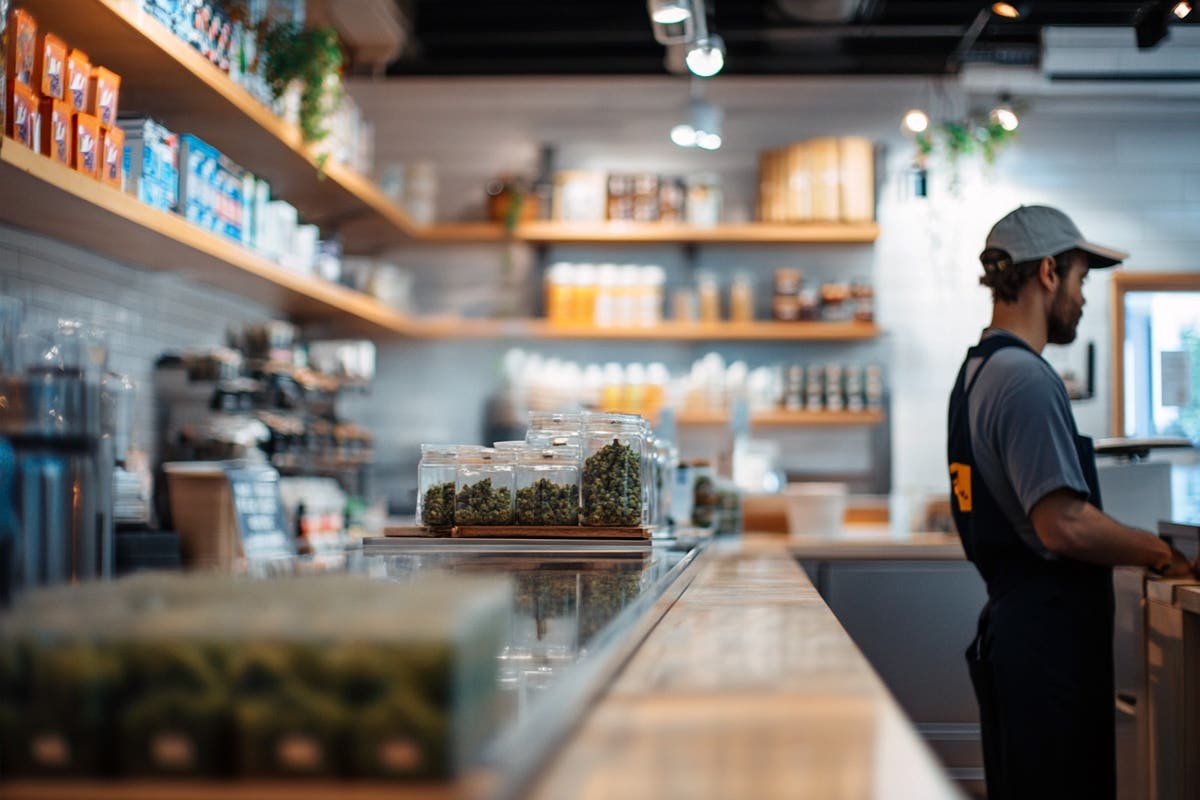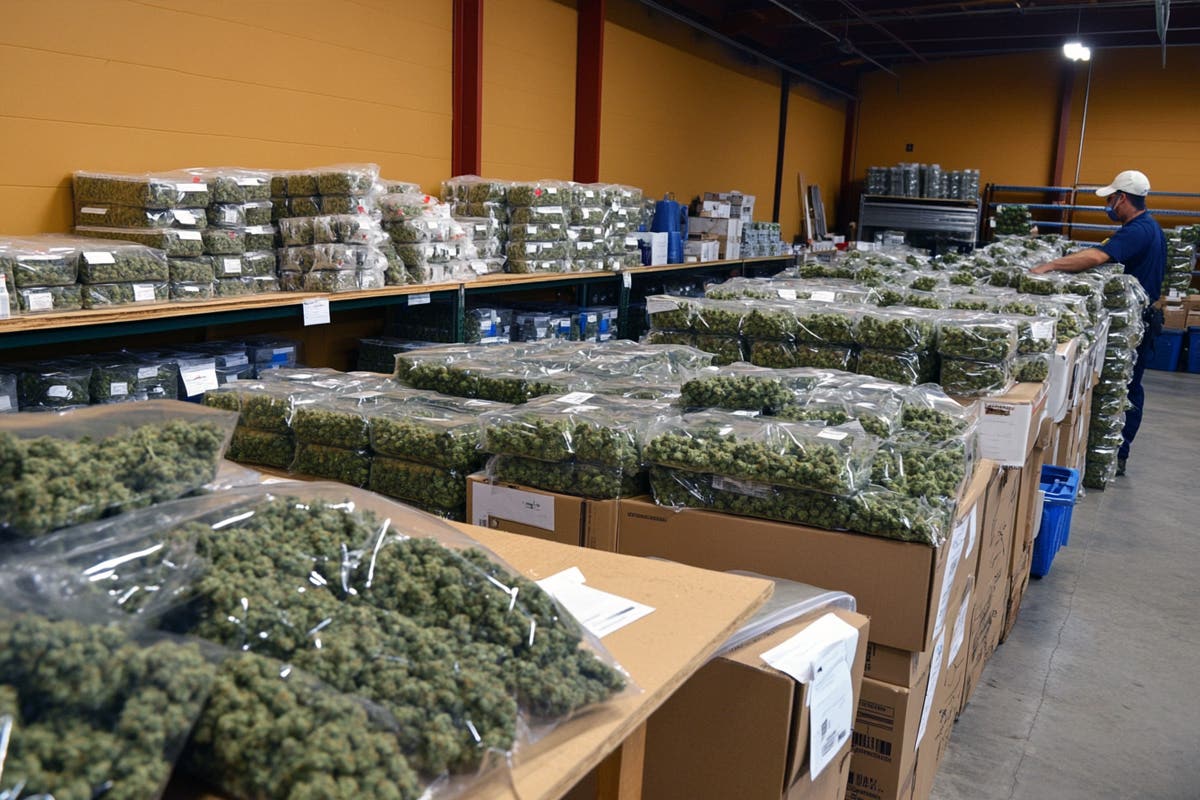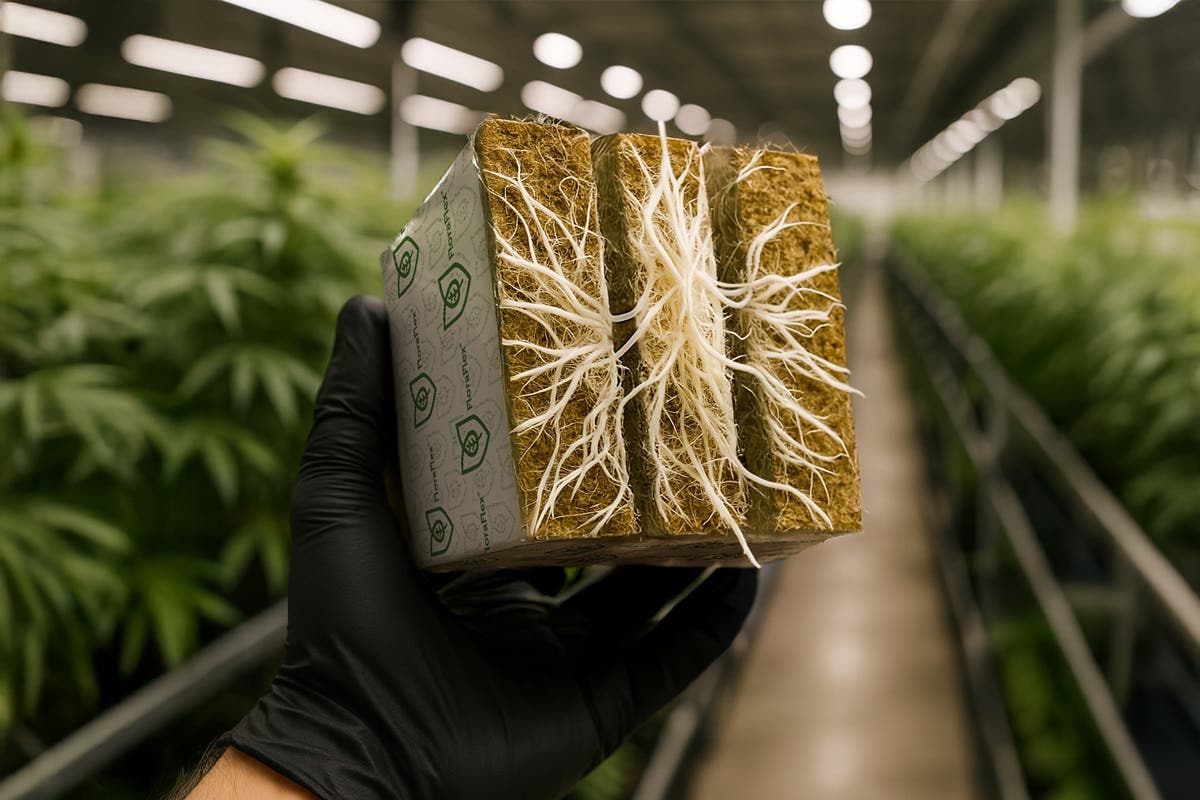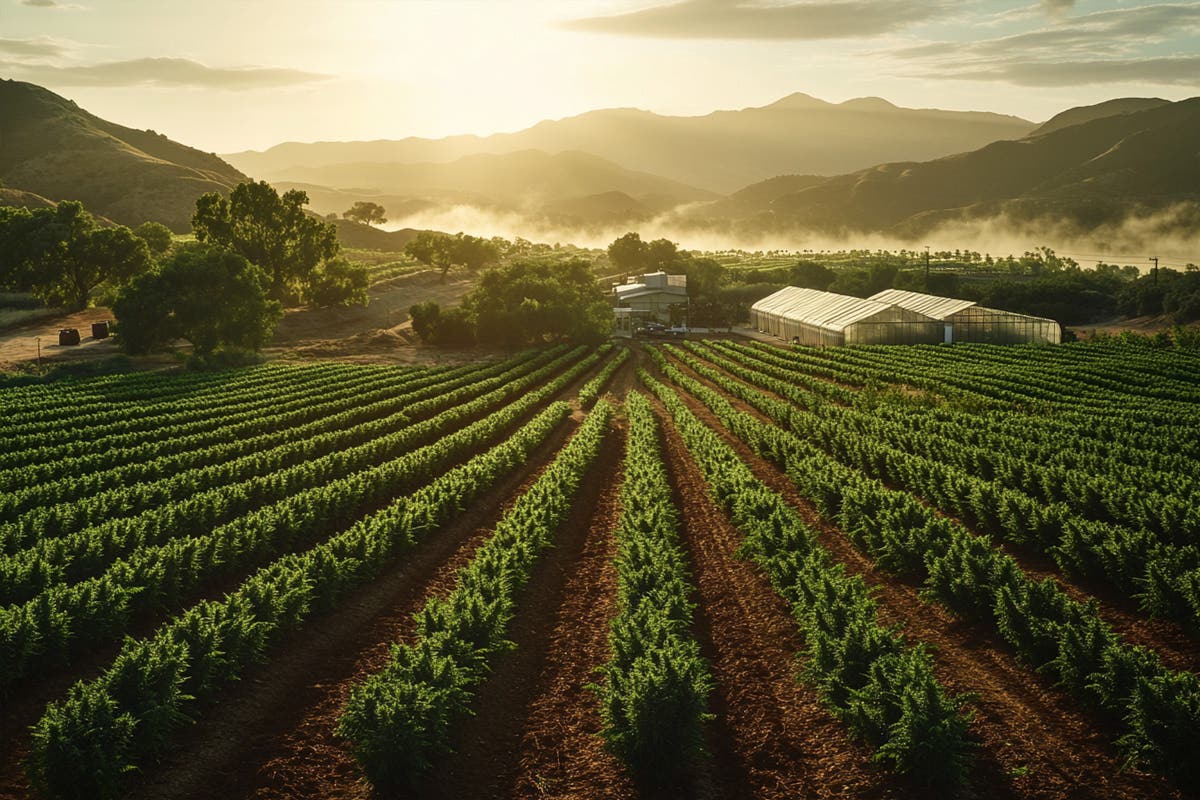The Importance of Pruning and Training
Pruning and training techniques serve several purposes in cannabis cultivation:
-
Improved Light Penetration: Pruning excess foliage and training the plant's canopy allow for better light distribution to the lower branches and bud sites. This ensures that all parts of the plant receive adequate light for photosynthesis, resulting in more robust growth and increased flower production.
-
Enhanced Airflow: By removing dense foliage and creating an open canopy structure, growers can improve airflow within the plant. Proper airflow reduces the risk of pests and diseases, prevents mold and mildew development, and promotes healthy transpiration, leading to healthier plants and better flower formation.
-
Increased Bud Sites: Pruning and training techniques help stimulate the growth of additional bud sites. By removing apical dominance (the dominance of the main central cola), the plant is encouraged to develop multiple colas and lateral branches, resulting in a greater number of flowering sites.
-
Controlled Plant Height: Pruning and training methods allow growers to manage the height and overall size of cannabis plants. This is particularly useful for indoor growers with limited vertical space, as well as outdoor growers who may want to maintain discreet or manageable plant sizes.
Pruning Techniques
-
Topping: Topping involves cutting off the main shoot, or apical meristem, just above the node where new lateral branches emerge. This encourages the plant to develop multiple main colas instead of a single dominant cola.
-
FIMing: Similar to topping, FIMing (short for "Fuck, I Missed") involves pinching or cutting off a portion of the main shoot, typically leaving a small portion of it intact. This technique promotes branching and can result in multiple colas.
-
Lollipopping: Lollipopping involves removing the lower branches and foliage from the lower part of the plant, focusing the plant's energy on the development of topmost buds. This technique helps improve airflow and concentrates energy on producing high-quality flowers.
-
Defoliation: Defoliation involves selectively removing fan leaves, particularly those blocking light penetration to lower bud sites. This technique can be performed during the flowering stage to redirect energy towards bud development and enhance airflow.
Training Techniques
-
Low-Stress Training (LST): LST involves gently bending and tying down branches to create a more horizontal canopy. This technique helps promote more even light distribution and encourages the growth of multiple colas. Soft plant ties or training wires can be used to secure the branches in place.
-
Screen of Green (SCROG): SCROG involves using a screen or netting to create a horizontal canopy. As the plant grows, branches are woven through the screen, allowing for better light exposure and supporting the development of multiple bud sites.
-
Main-Lining: Main-lining involves carefully pruning the plant to create a symmetrical structure with a single main stem and an equal number of branches on each side. This technique maximizes light penetration and promotes the growth of multiple colas.
-
Super Cropping: Super cropping involves bending or gently pinching the stems to cause slight damage without breaking them. This technique stimulates the plant's natural response to strengthen the damaged area, resulting in thicker and sturdier branches.
Considerations and Best Practices
When implementing pruning and training techniques, it's important to keep the following considerations in mind:
-
Timing: Pruning and training techniques should be applied during the vegetative stage or early flowering stage when the plant is still flexible and responsive to training. Late-stage pruning can stress the plant and negatively impact flower production.
-
Sterilization: Ensure that pruning tools are properly sterilized to prevent the spread of pathogens or diseases. Clean tools with rubbing alcohol or a sterilizing solution between each cut to maintain plant health.
-
Gradual Approach: It's advisable to start with mild pruning and training techniques, gradually increasing intensity as the plant responds and develops. This allows the plant to adjust and minimizes the risk of shock or stress.
-
Observation and Adjustment: Regularly monitor the plant's response to pruning and training techniques. Observe growth patterns, light distribution, and bud development to make adjustments if necessary.
Pruning and training techniques are valuable tools for maximizing cannabis flowering. By strategically removing foliage, guiding growth, and creating an optimal canopy structure, growers can improve light penetration, airflow, and bud production. With proper timing, sterilization, and gradual implementation, these techniques can enhance the overall yield and quality of cannabis flowers.
















